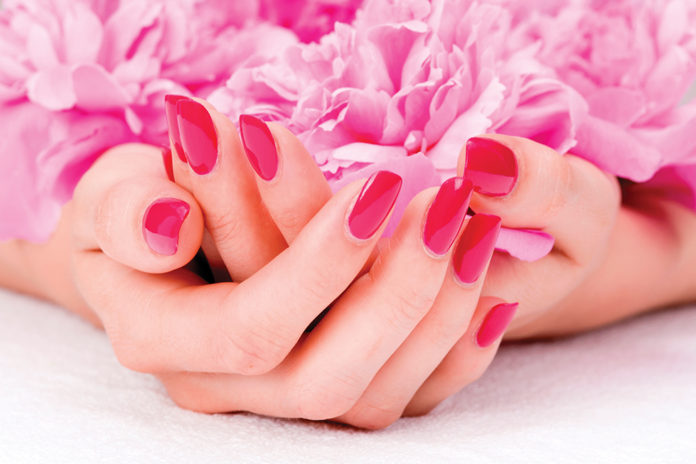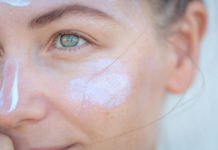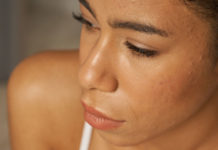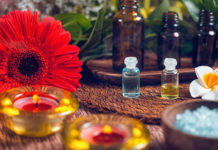
Your nails are little windows to your health. Find out what they’re telling you about your body. • by christine cho
They are small, seemingly insignificant parts of our bodies – more like extensions of our fingers and toes, really – however our nails, like hair and teeth, indicate well-being and disease in subtle (or not so subtle) ways. So how do you know whether your nails are healthy or are trying to send you warning signals?
Although they can vary in shape and size, healthy nails tend to be:
• Strong
• Smooth
• Even in colour – pinkish hue
• Slightly raised in the middle, curving down slightly at the tip
Common problem signs and their solutions:
• PEELING > Layers of keratin (the protein that makes up the nail) may separate due to cold, dry air or a dietary lack of linoleic acid. Try increasing your vegetable oil intake and ensure you’re getting enough vitamin C.
• BRITTLENESS > The nail plate may crack due to dryness, possibly because of low iron levels or continuous exposure to water. Dry, brittle nails that frequently crack or split, may also be an indication of thyroid disease. Eat more green leafy vegetables, red meats and eggs. Also try not to excessively wash and dry out your hands.
• YELLOWNESS > When nails turn yellow, this could be a sign of lung disease or diabetes. Yellow spots on nails may indicate psoriasis or fungus. A healthy diet, zinc vitamin and avoiding walking barefoot in public are good prevention measures. Slight yellowing can also occur after prolonged periods wearing dark nail polish, so always brush on a protective base coat. Try applying hydrogen peroxide, lemon juice, or vitamin E topically to help treat yellowing.
• DISCOLOURATIONS > Fungal infections are common culprits to colour changes in and around the nail. The infections are typically caused by unsterilized tools or even an overzealous manicurist. Tea tree oil applied topically is an effective, natural antifungal treatment.
• WHITE SPOTS > Minor white specks on otherwise healthy-looking nails don’t usually indicate anything serious – they are sometimes caused by small injuries. Recurring white spots could be a result of skin conditions like psoriasis or eczema. Increase zinc in your diet by making sure you’re eating enough poultry, seafood and whole grains.
• RIDGES > Vertical ridges on nails are normal and tend to become more pronounced with age. They could also indicate arthritis. If you see a particular horizontal indentation, it may reveal where your nail stopped and started growing again, possibly because of stress. Ridges are mainly a cosmetic concern. Simply buff them down to smooth out your nails.
Our physical appearance often reveals what we put into and on our bodies, so pay attention. In between the typing, texting and tweeting, remember to take a peak every once in a while at those faithful little nails.
AGING BY THE DECADE
20s Start good eating habits early. Eat plenty of foods with essential fatty acids, like trout and salmon, and begin taking a multivitamin. Avoid excessive manicures and try not to cut your cuticles too often. Remember to give your nails a break and let them go “au naturel” in between the must-wear polish trends.
30s Continue healthy eating. Add flaxseed oil to a post-workout shake or smoothie and take 1,000 mg of primrose oil three times daily with meals.Protect your hands and nails by wearing gloves when washing dishes
or cleaning.
40+ Try to incorporate barley, nuts, rice and soya into your diet. Drinking nettle or horsetail teas (sold loose leaf or in tea bags) – high in silica and other minerals – is beneficial for nail growth. Apply a rich hand cream frequently throughout the day and especially after washing hands or before going to bed. Also keep some olive, almond, or other high-quality oil around to rub into cuticles and keep them hydrated.x










